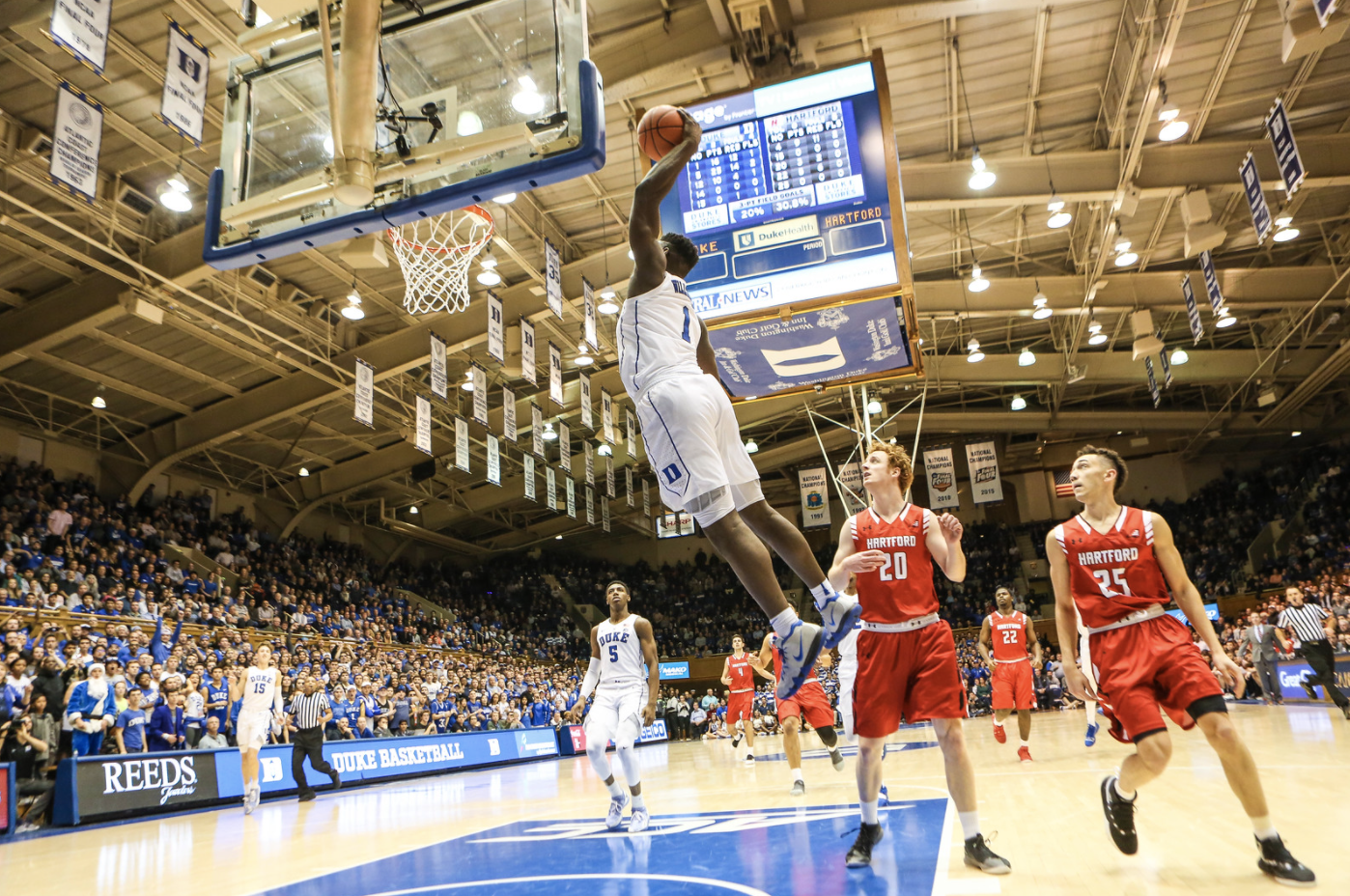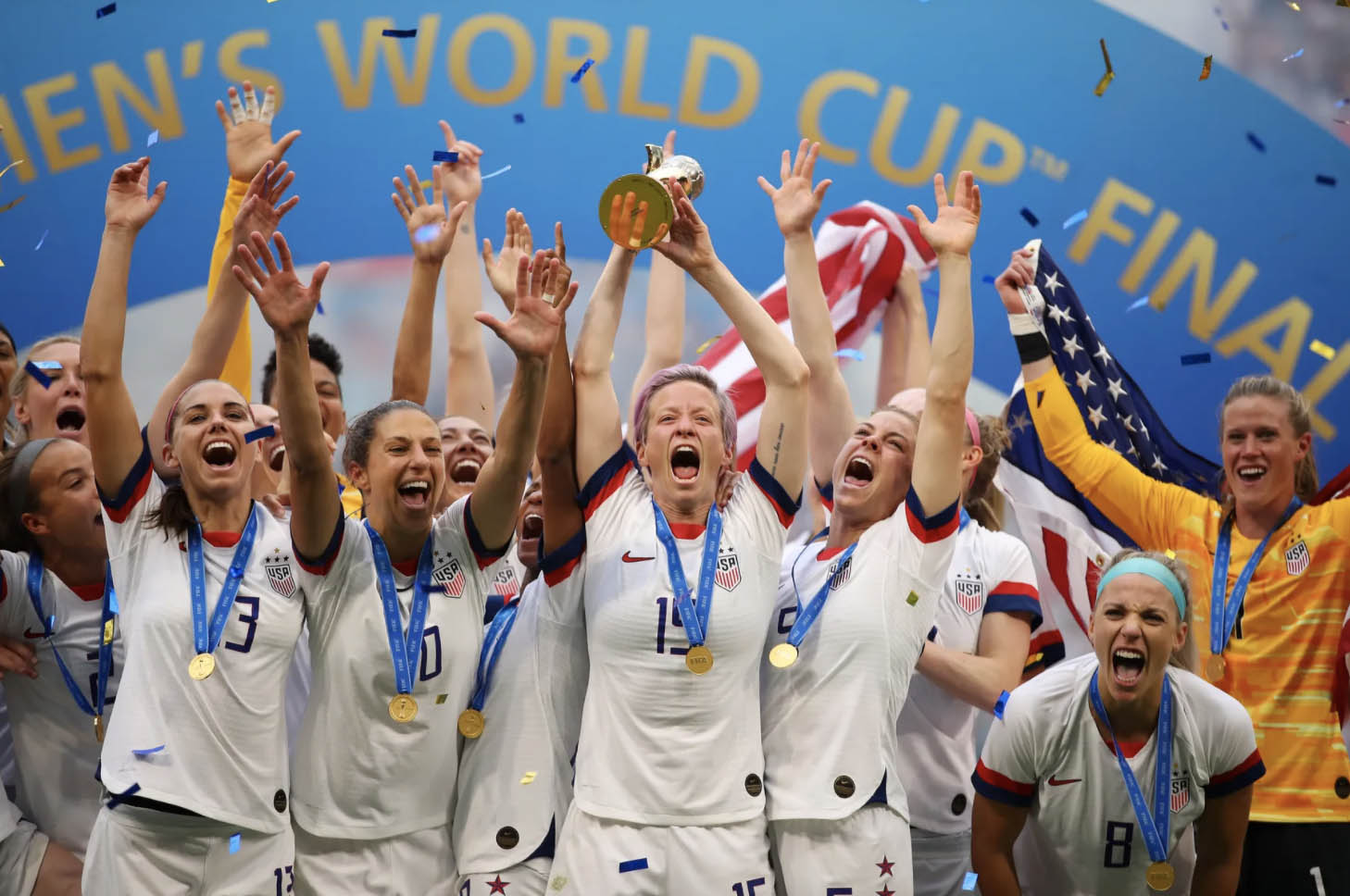In recent weeks, the inception of NIL rights allowing college athletes to profit off their name, image, and likeness, has taken the country by storm.
As a former college athlete, I always thought athletes were getting the short end of the stick in terms of profiting off of our “brand.” I may not have been part of that top 1% of college athletes warranting a six-figure endorsement, but it felt strange that athletes couldn’t do an ad for a local store, or profit off something like streaming a video game. Nothing was stopping those who didn’t play sports in college from profiting off those opportunities, why couldn’t an athlete?
Now, thanks to the NIL announcement, that has all changed. The media, for its part, had plenty so say as the policy went into place. Here’s how coverage of the event varied across certain national and regional platforms.
Sports Illustrated: A Clusterf–k

Ross Dellenger, a college football writer for SI, took a different approach to his coverage of the developing NIL situation than some of the other pieces in this “How They Covered It.” Dellenger gave us a general overview but had an interesting take on the entire NIL situation, arguing that college sports will undergo a really rough patch of sketchy and dirty dealings. Furthermore, Dellenger believes that in order to get our bearings and know how to approach these uncharted territories, the ethics of the NCAA could remain immoral for quite some time.
Dellenger opened his longform piece with an anecdote centered around University of Miami star quarterback, D’Eriq King.
King is a recurring guest at The Wharf, a beachside bar in downtown Miami that has hosted some huge stars like CeeLo Green and David Beckham in the past. King has been able to advertise himself at The Wharf with autograph signings and photo-ops but he has never been able to be compensated for it. With the NIL bill, he is now being sponsored by The Wharf.
Dellenger sought out many prominent figures in the NIL movement including American sports marketing executive, Sonny Vaccaro, former NBA player and author, Tom McMillen, and Dan Gale, the president of the college athletics consulting firm Leona Marketing Group.
Dellenger uses the perspectives and insights from these people to form his stance that the NCAA is going to be a rollercoaster for the next few years as we enter these murky guidelines within a billion dollar industry.
The Boston Globe: The End or Watershed Moment?

The Boston Globe isn’t a local news organization, but in this case it offers a more regional, and more New England, point of view.
Similar to the Dan Gale SI piece, Michael Silverman of The Boston Globe asks us: Is the NIL bill a cataclysmic or watershed moment for the NCAA and college athletics?
Silverman cited multiple Boston College athletes who are excited to use their NIL rights in creative ways to grow their brand. Names like Brevin Galloway, a Boston College point guard on the basketball team, who has over 75,000 followers on Instagram. According to Galloway and his agent, they have received 40 to 50 inquiries from companies and have already inked three deals to date.
Now, Silverman notes that the NCAA has an interim policy in place regarding athlete endorsements but that it is up to the schools to establish their own policies.
Silverman noted that BC and Northeastern are in the process of creating an initial set of guidelines under a program called SOAR, which is designed to educate and encourage students to initiate business from the NIL.
The most interesting part of Silverman’s piece is his brief interview with Carly Pariseau, an associate athletic director for compliance and student services at BC. I love that he incorporated an administrator’s perspective because it seems that through all of this change, administrators are being overlooked. As some of college athletes’ closest allies and advisors, their lives have gotten exponentially messier and much more difficult.
National Law Review: Nothing Set in Stone

The NIL legislation will be a point of contention and the business of NCAA sports will, in all likelihood, become much conspicuous. Is there anything we’re missing from this big picture in the lens of the law?
In this piece, the National Law Review highlights the foundation of the NIL clauses that are now in place. In addition, there are a lot of interesting clauses that will be something to monitor as this story continues to develop.
For example, the National Law Review notes how the current NIL legislation is an interim policy passed by the Supreme Court. The next big step is trying to pass some form of federal legislation. There isn’t a reason that Congress won’t pass federal legislation in the future, but the details of the bill could create more unforeseen issues that could trip up future athlete endorsements.
The biggest takeaway from this coverage is that, for the time being, the ball is in the hands of these respective states and schools to figure everything out on the fly.
ESPN: Everything You Need to Know

The ESPN article by Dan Murphy is more of a reporting piece than the other NIL-related articles.
Similar to the other pieces, Murphy notes how the NIL guidelines provided by the NCAA leave a “considerable amount of gray area” for the schools to sort through and that the schools need to set up a system that fits within the laws of the state that they reside in.
The piece offers an interesting caveat, including how NCAA President Mark Emmert felt on the matter. Emmert has been a staunch opponent to students receiving any sort of compensation in the past and is a villain of sorts in the NCAA landscape. Emmert stated that he wished the association had given a more detailed framework in the rules that were created.
This ESPN article nicely connects to the National Law Review piece because Emmert notes that he will be waiting and anticipating a bill from Congress that will soon create a federal law presenting more clarity and direction for these schools and athletes.



